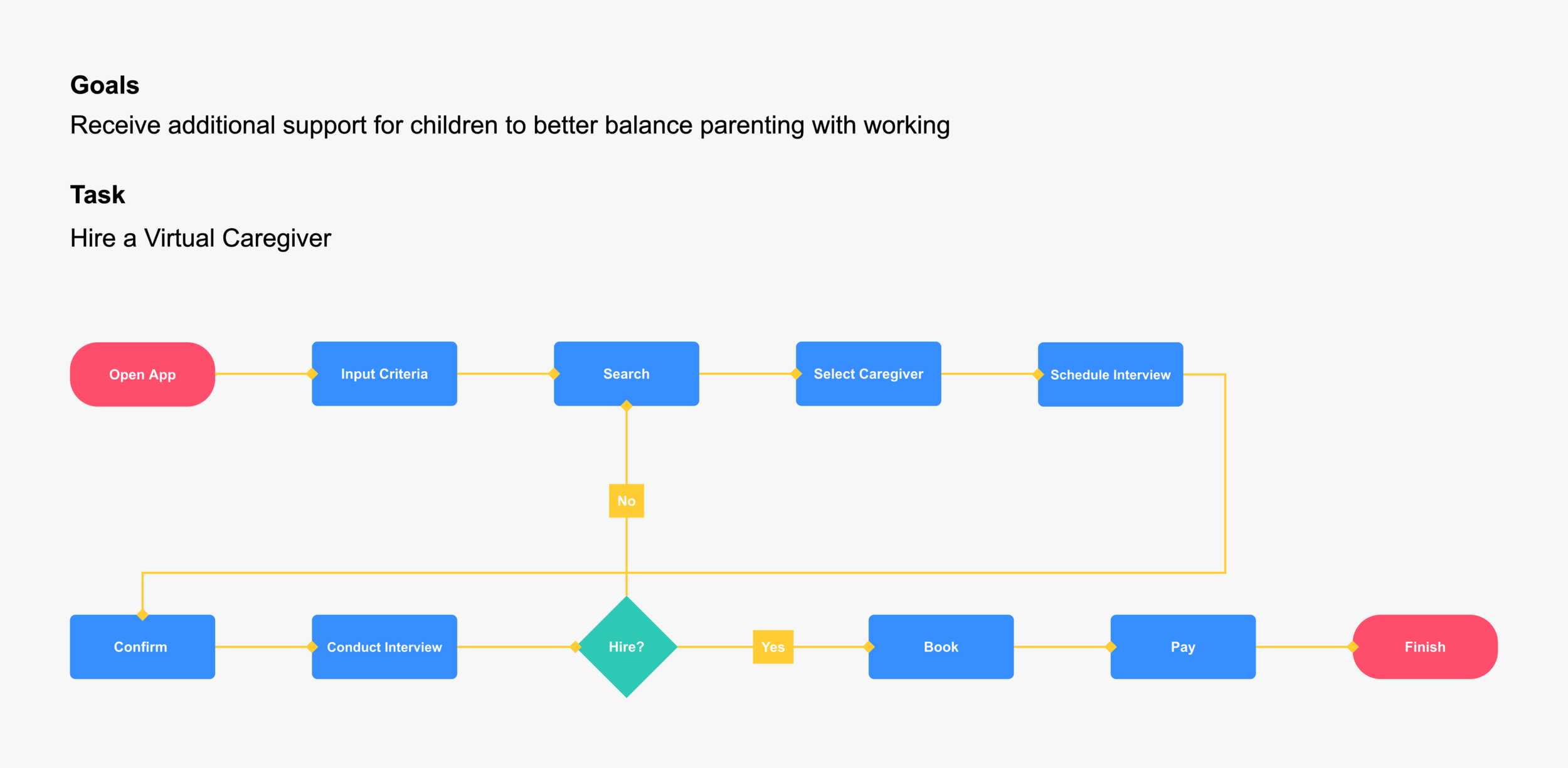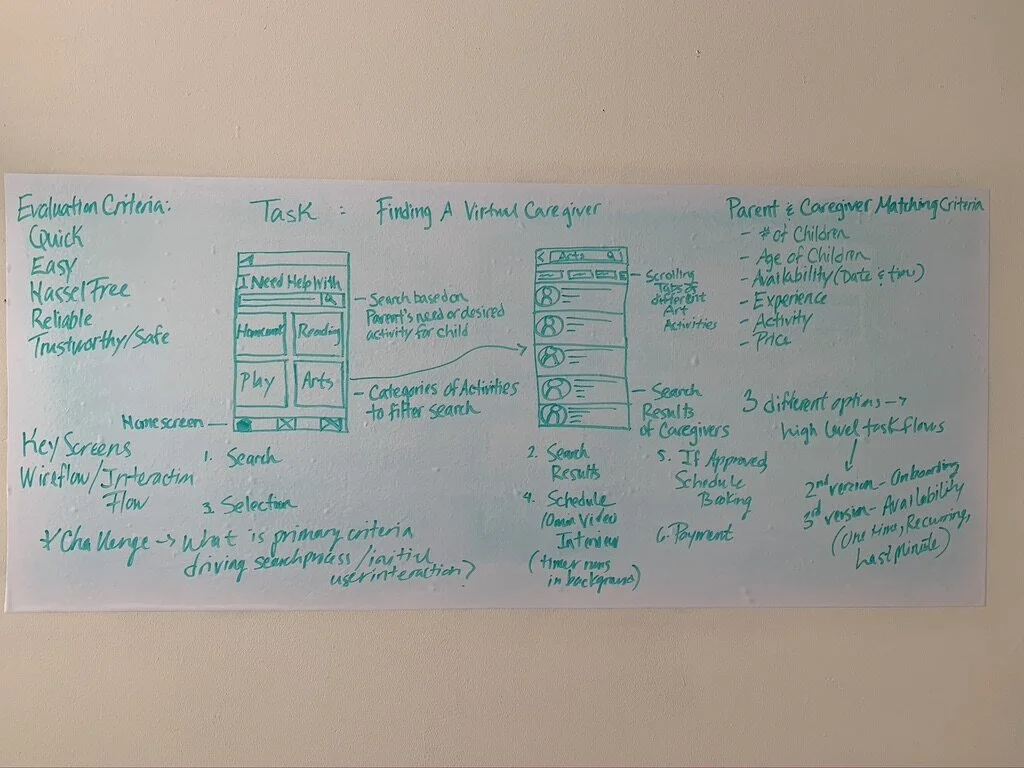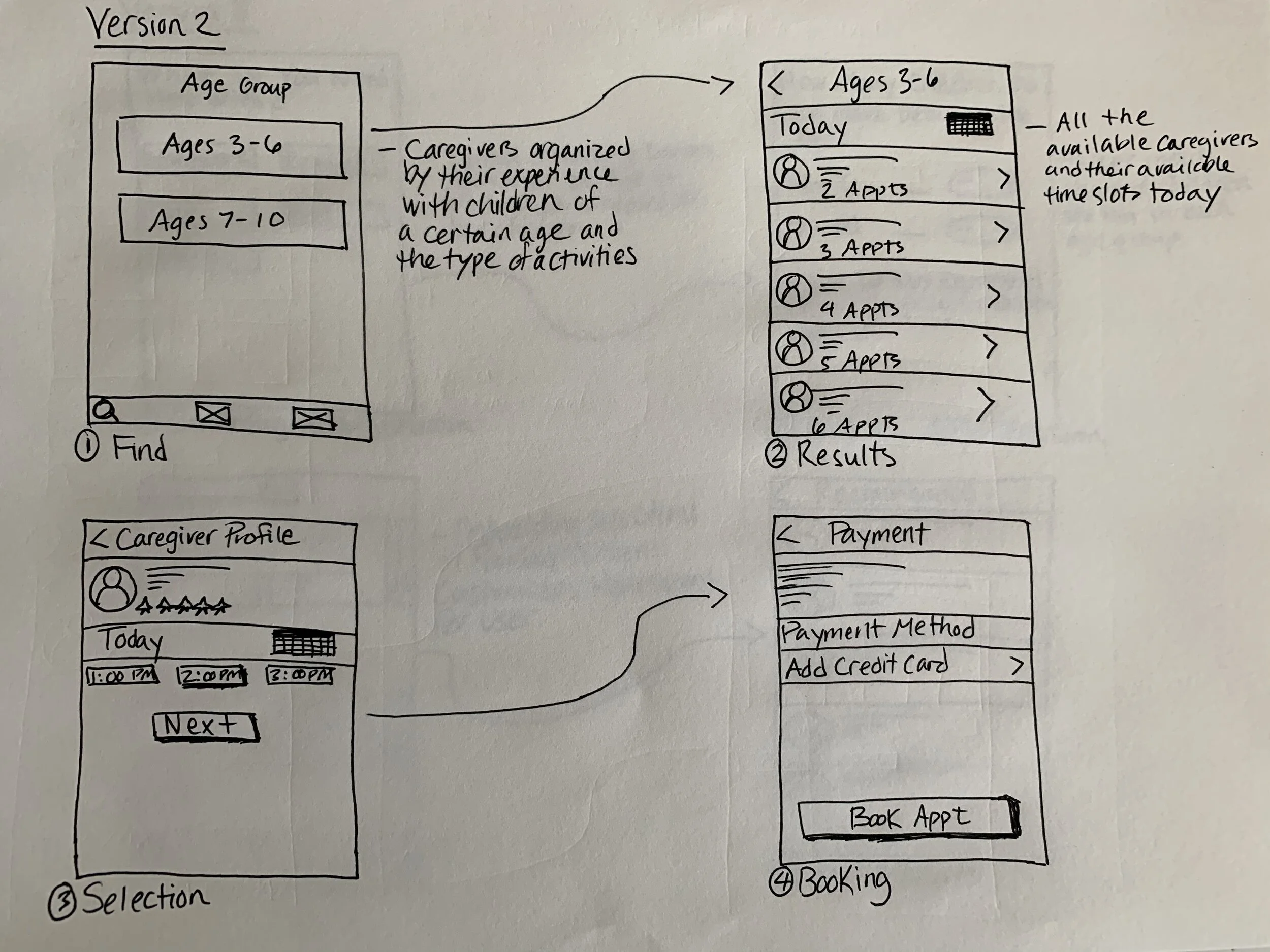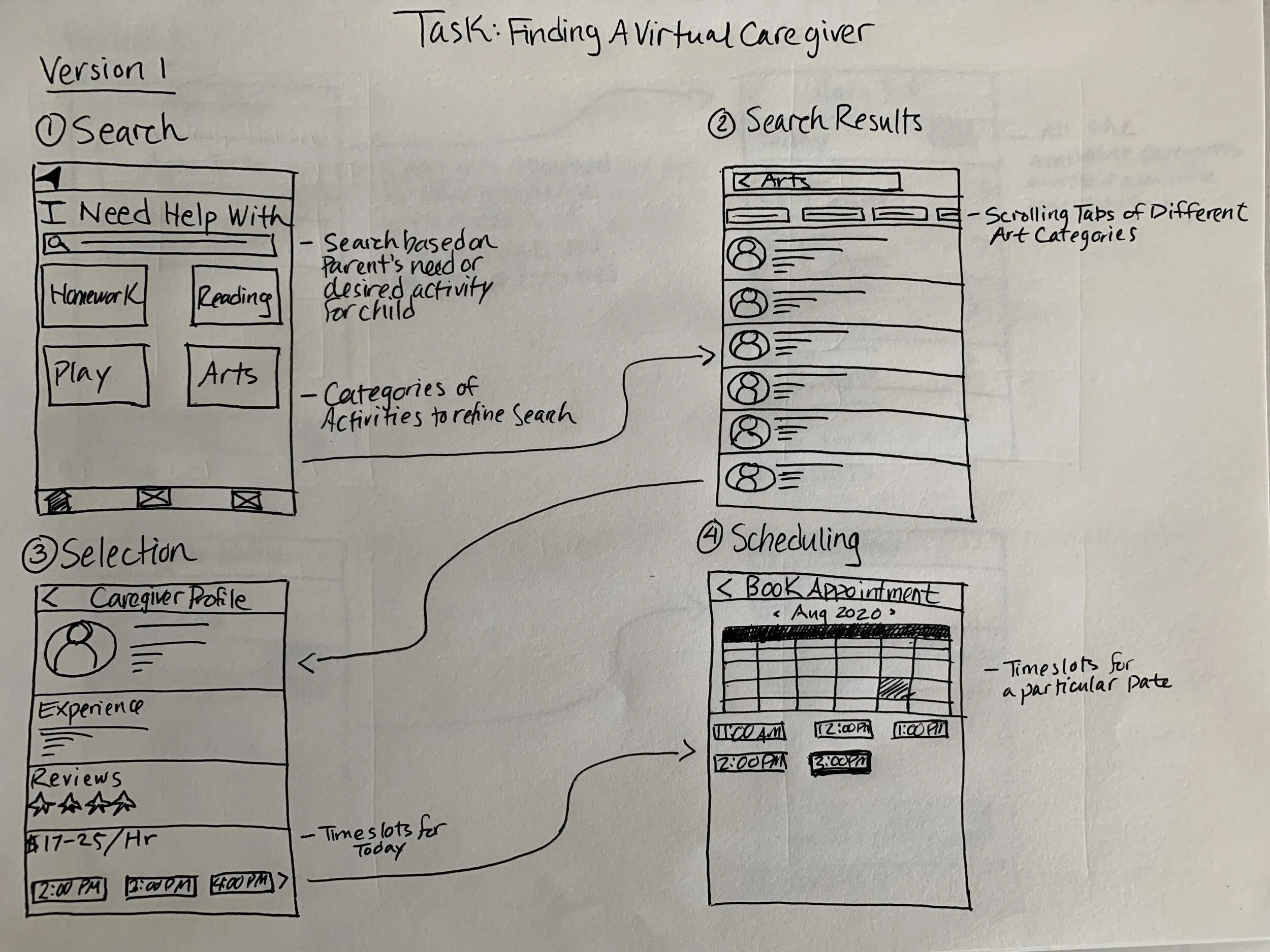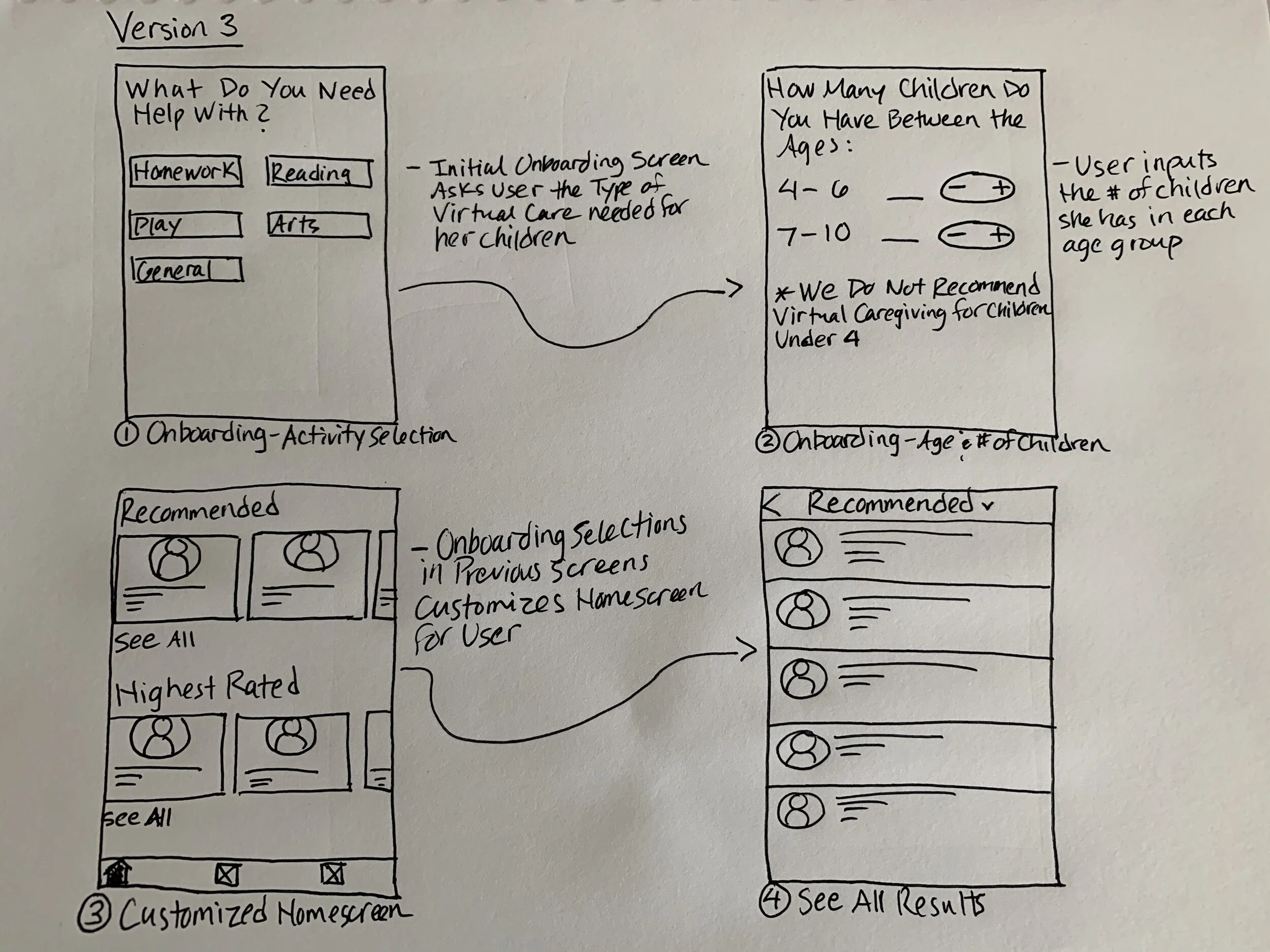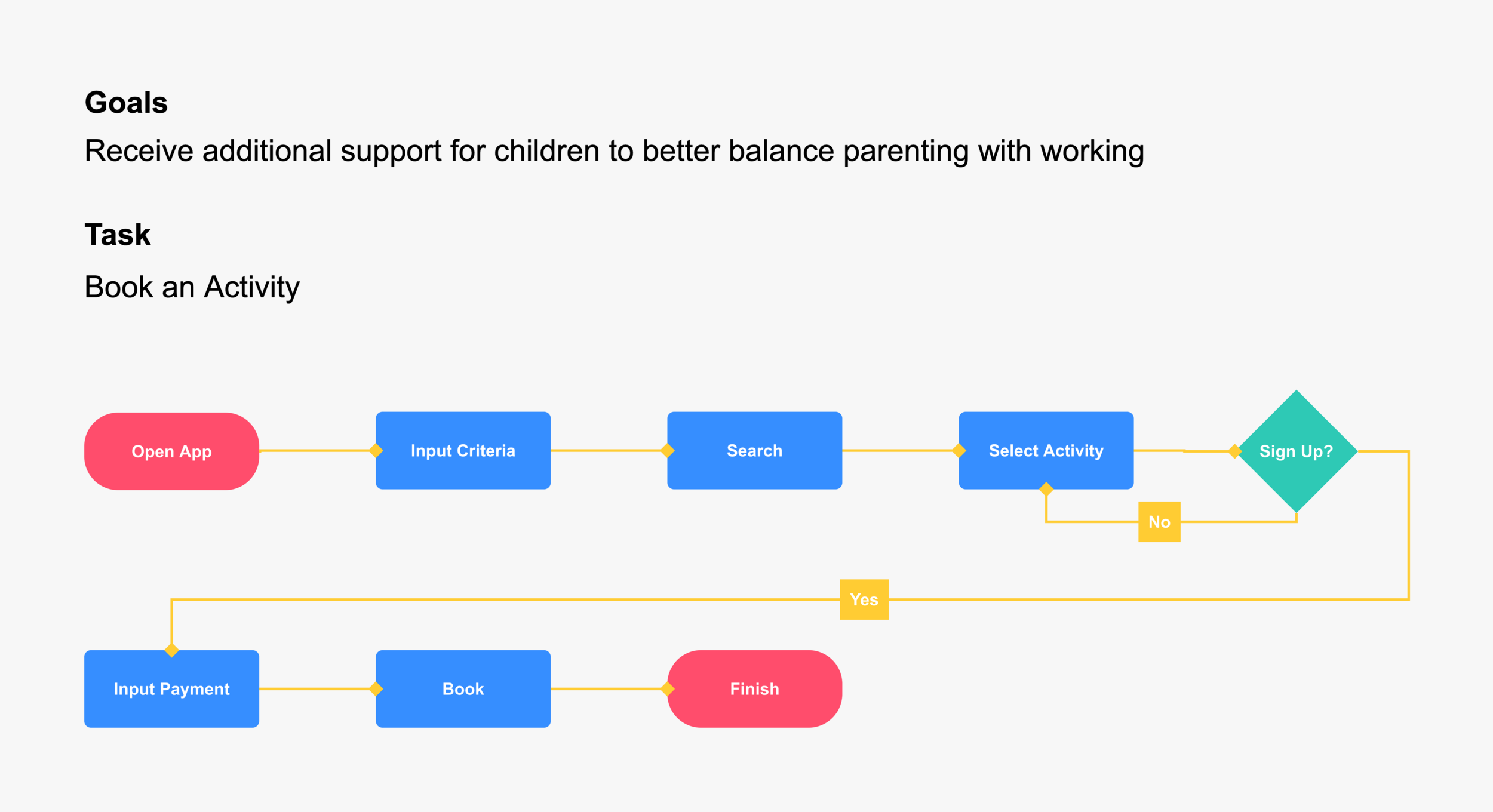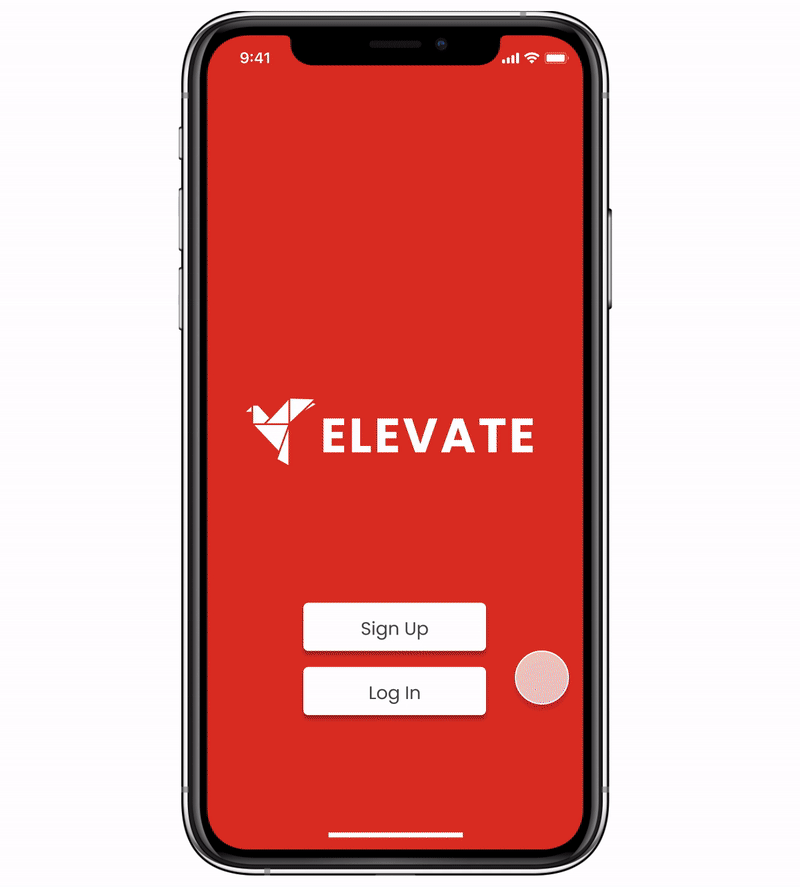
Elevate
Supporting working parents to keep their children engaged during the global pandemic
Parenting during the Global Pandemic
During these unprecedented times, parents are experiencing challenges working from home and attending to their children at the same time.
Working parents are being stretched thin as the pandemic has forced schools, daycare centers, and other in person caregiving options to be limited or restricted altogether.
Staying at home for a prolong period of time, children are feeling restless, requiring parents to unevenly divide their attention between caregiving and work.
Meet Julia
A single, working mother with two children, Julia has struggled balancing being a parent with work. Her two young children Hailey and Jacob have been forced to stay home after the pandemic closed their school and all in person childcare options.
Julia wants to keep her children safe, but also needs help actively engaging them as she works during the day. With childcare being restricted, Julia lacks the resources available to attend to her children while she works everyday.
How Can We Better Support Working Parents With Their Children During This Pandemic?
The Solution
Elevate provides 1:1 interactive sessions that enable children to stay engaged remotely
Choose an Activity
Choose the activity category that will keep your child the most interested.
Select a Session
Select the type of session that will keep your child actively engaged while you focus on work.
Sign Up
Sign up for the session during a time that you need to focus more on work. The facilitator will ensure that your child has an enjoyable, interactive session while you can devote more uninterrupted time to work.
Log In
Once you book, you’ll receive a Zoom link to the session. Log in to Zoom link at the scheduled time and you’re all set! The facilitator will take it from there while you focus on work or other tasks.
The Process
Arriving at the solution required several steps that involved identifying the problem, gathering information to better understand the problem, forming a hypothesis, testing the hypothesis, learning from the data, pivoting in a new direction, and ultimately, refining the solution.
Defining the Problem
Background Research
Background research has revealed that working parents are experiencing emotional exhaustion during the pandemic as they struggle to balance working with parenting.
As a result, working parents have turned to caregiving platforms to use their new virtual caregiving offerings.
Competitors and Overall Gaps
Traditional in person caregiving platforms like Care.com, Sittercity, and Urbansitter have included virtual caregiving options as a response to the current pandemic.
However, these platforms do not facilitate this service as a separate process or provide in app video integration. Parents must go through the standard in person care process and independently arrange remote accommodations with the caregiver.
The Opportunity
Provide a reliable virtual caregiving platform that supports working parents as they balance parenting with working.
Creating a Hypothesis
Initial User Goals and Task Flow
As a working parent experiencing exhaustion (pain point), Julia wants peace of mind that her children are actively and safely engaged so that she can work without worrying about them (need). Her goal is to get support with her children through the task of hiring a virtual caregiver.
The actions that Julia takes to accomplish this goal involve searching for her ideal caregiver, interviewing a prospective caregiver, hiring the individual, and booking the appointment.
Interactions
The task flow of hiring a virtual caregiver helped identify core features important to Julia accomplishing her goal. Searching, Interviewing, and Booking were broken down into interactions and initially mapped out on a whiteboard and then translated into sketches containing three variations.
These three variations focused on initiating the caregiver selection process around the type of activity a parent needs for her child, the age group of her child, and an onboarding containing aspects of the first two.
When looking at the three versions and considering the trade offs, the central questions were always: which version allows the user to complete her task in the best way? What actions best support her goal?
The 3rd version provides an onboarding process that customizes the experience for the user and enables her to immediately make selections based on her needs after a few quick onboarding questions. In contrast, the 1st and 2nd versions focused on inputting a type of criteria each time to get results.
The 3rd version, therefore, was hypothesized to be the best way for Julia to complete her task of finding a virtual caregiver based on the outweighed benefits. The sketch, respectively, provided direction for lo-fi wireframes that would be used for usability testing.
Testing the Hypothesis
Lo-fi Wireframes
The onboarding sketch was translated into low fidelity wireframes, which flushed out key screens of the interaction to create a clickable prototype. Screens for the interview process were not created here due to timing and an effort to simplify the overall process; however, this was tested to see if these extra screens would impede or enhance the search for a caregiver.
Usability Testing
A remote, moderated 1:1 usability test was conducted using the clickable prototype with working parents. The research goals involved identifying the strengths and weaknesses of the overall structure, navigation, and value proposition.
Key Findings
A key takeaway during usability testing was that users were unsure how well virtual caregiving would translate in practice.
While they acknowledged the value of receiving help for their children as they work, users were apprehensive of how well their children could stay engaged with a caregiver remotely ‘looking after’ them.
Additionally, users expressed that inputting their children’s information during the onboarding process was beneficial, but felt confused about the homescreen and the search screen, and what the content represented.
Pivoting & Redirecting
Revised Task Flow
The findings refocused how the current app could better meet the needs of working parents. By reevaluating how children could stay better engaged during a pandemic, while providing a reprieve to working parents, the focus shifted to online activities children could actively participate in with a facilitator.
The task flow was revised to reflect this shift and the actions a parent would take to accomplish her task of booking an activity for her child.
Revised Wireframes
By revising the wireframes to focus on finding 1:1 interactive online activities for a child, the onboarding experience was simplified and made optional to only ask for the most pertinent information that would aid in task completion.
Additionally, the search experience was streamlined by removing the homescreen altogether and having the search screen as the first destination that a user sees.
Finalizing the Solution
The final solution showcases how our working parent Julia uses Elevate for the first time to book an arts & crafts activity for her two children Hailey and Jacob.
Retrospective
Elevate experienced many ebbs and flows. As a personal project that explored a new problem space, it was crucial to manage uncertainty and stay opened to new directions throughout the process. While setting a new course often feels daunting, embracing change was essential to keep the project focused on addressing the user’s needs.








